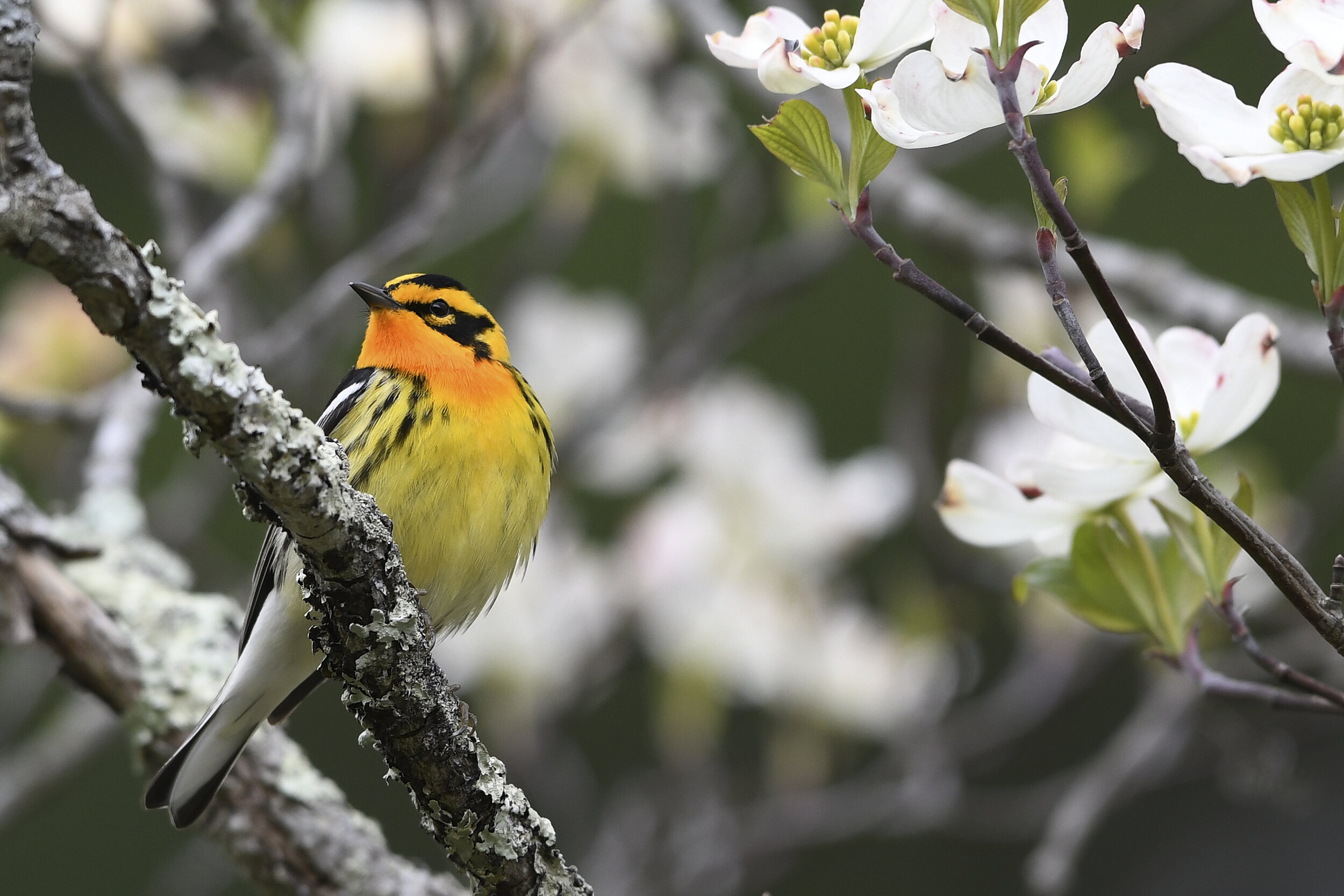
The Second Virginia Breeding Bird Atlas
Photo: Blackburnian Warbler, Dick Rowe
Virginia Breeding Bird Atlas II Publication Details
What will the published Atlas be like?
Golden-winged Warbler, Marshall Faintich
The VSO Board has set a goal for the publication of the Atlas:
The Atlas will be a website and will present species accounts for 200 breeding bird species, accompanied by sections on key topics and appendices providing supplemental information.
The goal is based on recommendations of the Atlas Final Products Committee, a team including members from the VSO, DWR and CMI.
Why a website?
The Atlas Final Products Committee rated the pros and cons of Atlas format options, resulting in a strong preference for a website. The website format will:
Provide easy access to the Atlas to a wide range of users, including the general public, birders, researchers, scientists, and conservation and natural resource professionals within and outside of Virginia.
Make the Atlas available for free - there will be no expensive book to purchase!
Allow small detail, such as on maps, to be more easily viewed and studied.
What will the Atlas provide?
Species account will be the heart of the Atlas, with an account for each of Virginia’s more than 200 breeding bird species. A species account is designed to include:
High-quality photographs
Brief species narrative
Maps showing the distribution of the species across Virginia and how the distribution changed between the first and second Atlases
Trends in species population in Virginia
A table summarizing the number of survey blocks by the species’ breeding status
Timing of breeding activity (breeding phenology)
Other details
Click HERE to learn more about species accounts.
The Atlas will also feature sections that present:
Important findings from the Atlas, including findings about changes between Atlases
How the Atlas results can be and are being used for conservation in Virginia and beyond
Virginia’s physiographic regions and habitat types
Atlas field and analytical methods
A guide to reading the species accounts
The Atlas website will acknowledge the vital work of the volunteers who collected the millions of field records that comprise the Atlas database, as well as the many donors who are making the publication of the Atlas possible.
Finally, there will be supporting sections providing more detailed data or information not provided elsewhere, and a list of literature cited.
What is the schedule?
2022-2023: CMI completes data analysis, producing much, but not all, of the data content for the published Atlas, with funding from DWR.
2023-2024: DWR produces the detailed coverage, habitat, and species maps
2024-2025: Plan for and prepare species accounts and interpretive sections, including peer review and preparation for publication, with funding from the VSO.
2024-2025: Design, develop and populate website, with funding from the VSO.
Late 2025: Publish the 2nd Virginia Breeding Bird Atlas!
What will the Atlas publication cost?
The VSO must raise $300,000 during 2022-2025 to cover the cost of developing the website, writing the species accounts and preparing the analytical results for presentation. With the help of members and friends, we have already made significant progress - in the Fall of 2023 we were more than half-way to the goal. Thank you!
You can help Virginia’s birds by helping the VSO reach these goals!
Donate to support the Atlas! Besides gaining the satisfaction of helping ensure the future of Virginia’s birds and environment, you will see your support recognized in the published Atlas.




